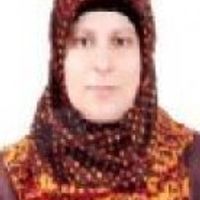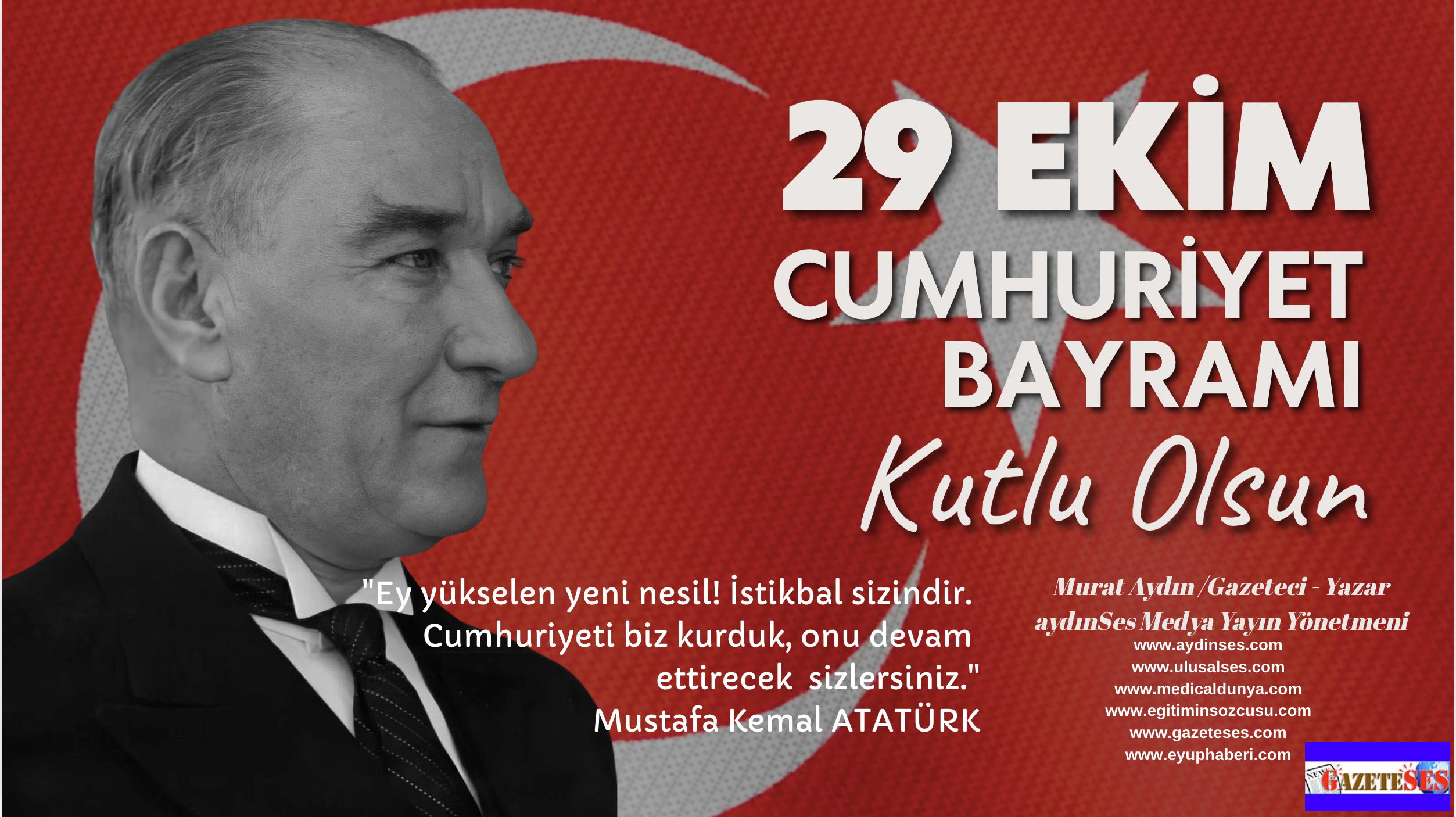Ankara, March 7 () - The literacy rate for women is five times lower than it is for men in Turkey, according to data from the Turkish Statistics Institute (TÜİK).
Some 9.2 percent of Turkish women could not read or write in 2014, versus just 1.8 percent for men, for a combined average of 5.6 percent, TÜİK said, adding that men were also three times more likely to have a job than women.
“While the proportion of high school and equivalent graduates in the 25-and-over age group was 19.1 percent, this proportion was 23.2 percent for males and 15 percent for females. Again, the proportion of total higher education graduates is 13.9 percent; this proportion is 16.2 percent for males and 11.7 percent for females” said TÜİK.
In this vein, the employment rate of the population aged 15 and above was 45.5 percent, but this rate was 64.8 percent for males and 26.7 percent for females in 2014, according to the data. The labor force participation rate of the population aged 15 and over was 50.5 percent – 71.3 percent for males and 30.3 percent for females in 2014.
Women account for 49.8 percent of Turkey’s population of around 78.7 million.
Women workers are also paid lower than their male counterparts, the data showed.
According to Income and Living Conditions Survey 2014 results, a working woman who graduated from higher education has an income 1.3 percent lower than that of a working man with the same education level. The education level in which there is the most income difference between genders is for people with less than a high school education, in which there is a difference of 1.8 percent, according to the data.
Women spend many hours at home
Women spent four hours, 17 minutes engaging in household work and family care every day, according to TÜİK’s Time Use Survey for 2014-2015, which investigated the distribution of time for individuals aged 10 and older.
Men spent the most time on employment at 3 hours, 58 minutes.
Women’s participation in political life is also very low compared to their male counterparts. The proportion of female deputies was 14.7 percent in the Grand National Assembly of Turkey, far behind Sweden and Finland, which had the highest proportion of female deputies at 45 and 42.5 percent in 2014, respectively.
The total number of ministers in 2015 in Turkey is 27, but the proportion of female ministers is only 7.4 percent. When countries were compared in 2013, it was seen that Sweden and Norway had the highest proportion of female ministers at 54.2 and 50 percent, respectively.
The proportion of women mayors in local governments was also just 2.9 percent in 2014.
4 out of every 10 women subjected to physical violence
Throughout the country, the proportion of married women or formerly married women who reported being subjected to physical violence during their lifetime was 35.5 percent in 2014, according to the Domestic Violence Against Women Survey from the Family and Social Policies Ministry.
Lifetime physical violence occurs the most in the Central Anatolia region at 42.8 percent and the least in the eastern Black Sea region at 26.8 percent.
Some 413 murders of women were reported by the Turkish media in 2015, the Umut (Hope) Foundation stated in a new report, underlining that the trend had been increasing since the beginning of 2016.
The foundation called on Feb. 16 for NGOs to conduct comprehensive studies on the issue, which it described as a “mass murder of women.”
It said the death toll ranged from women older than 85 to a six-week-old fetus.
Of the 413 killings, 309 were a result of armed attacks, while noting that 40 women had been killed since the beginning of January 2016 alone.



















